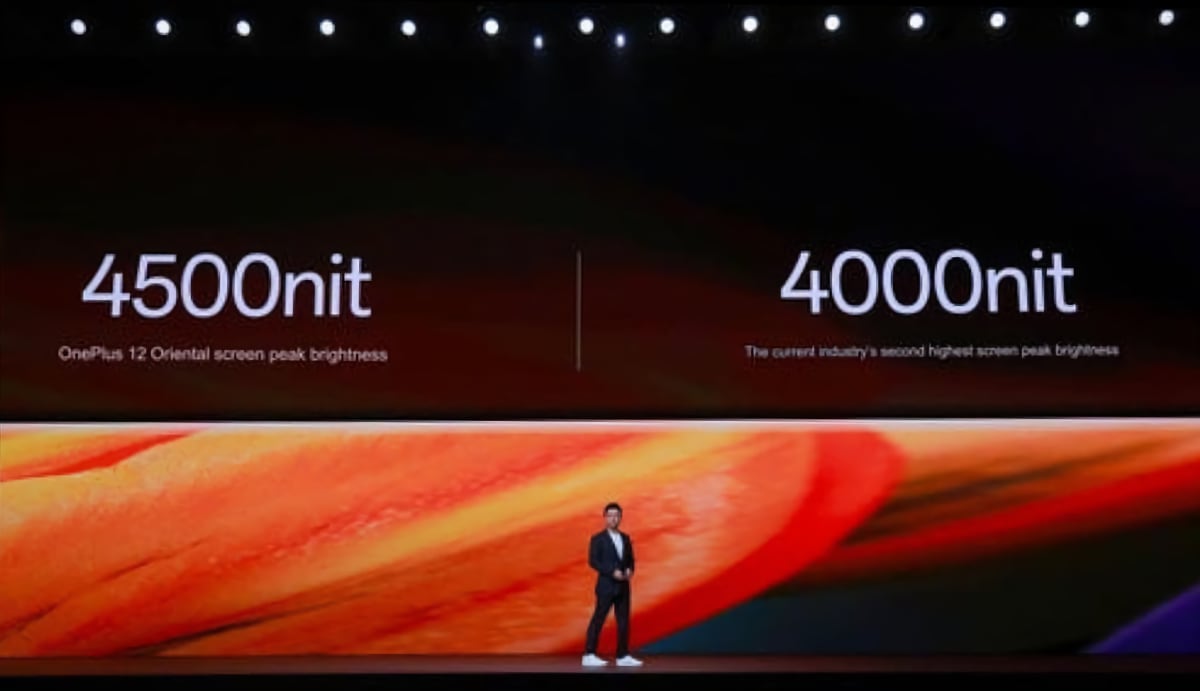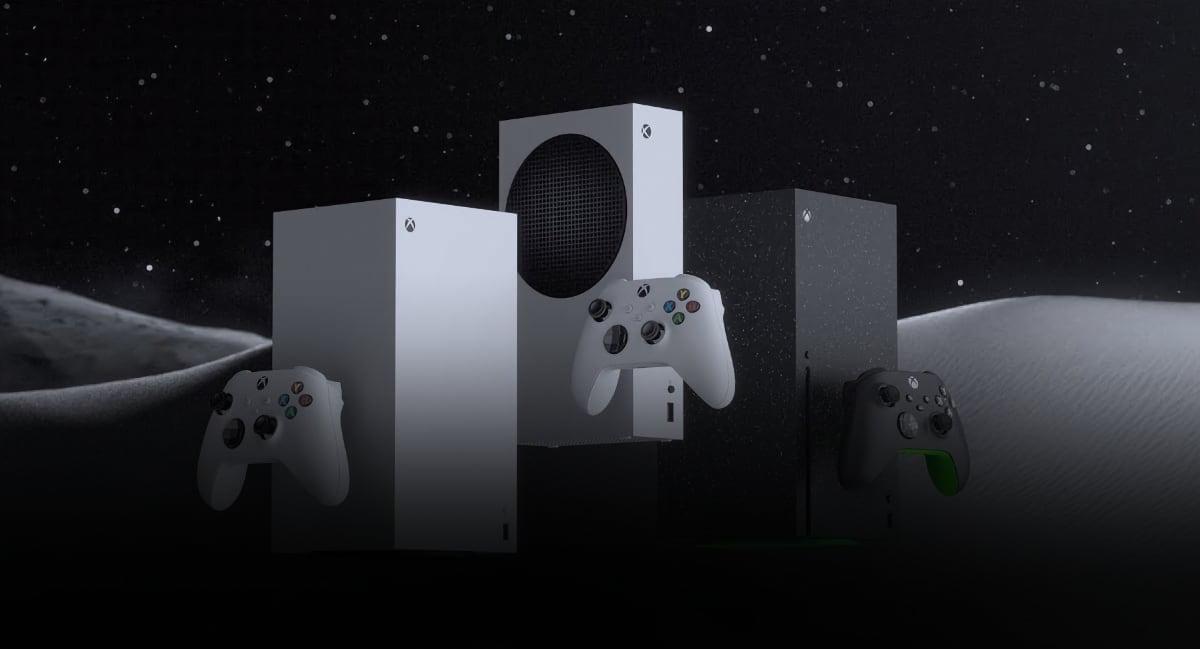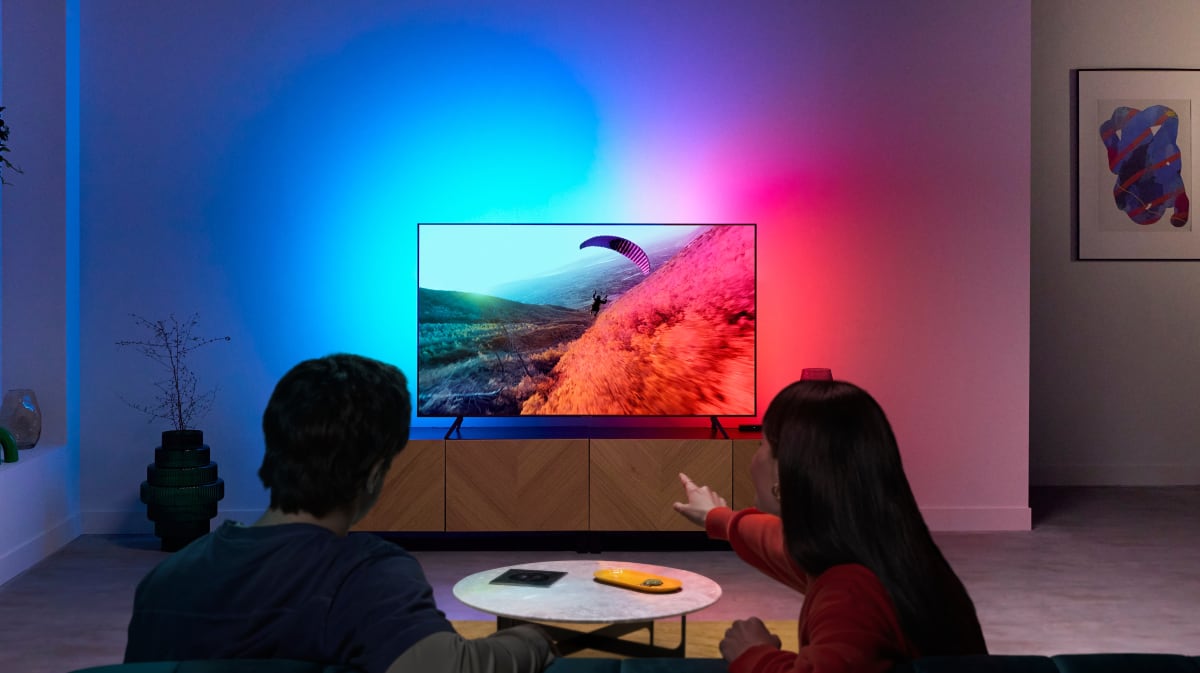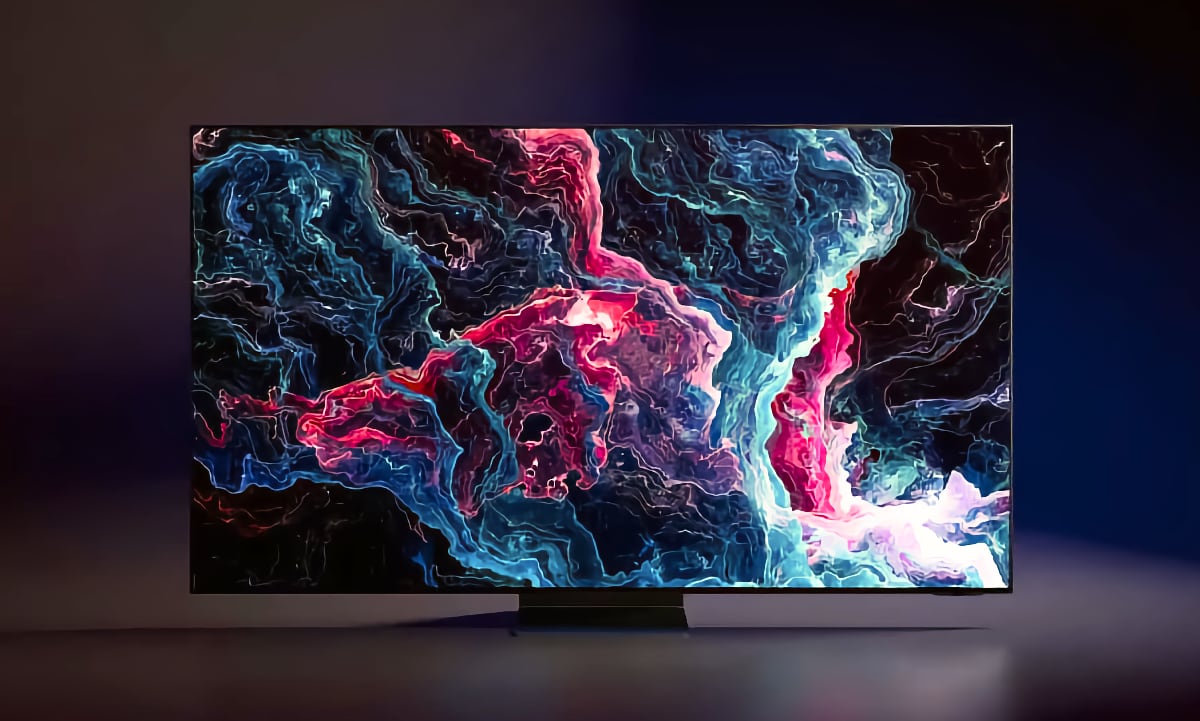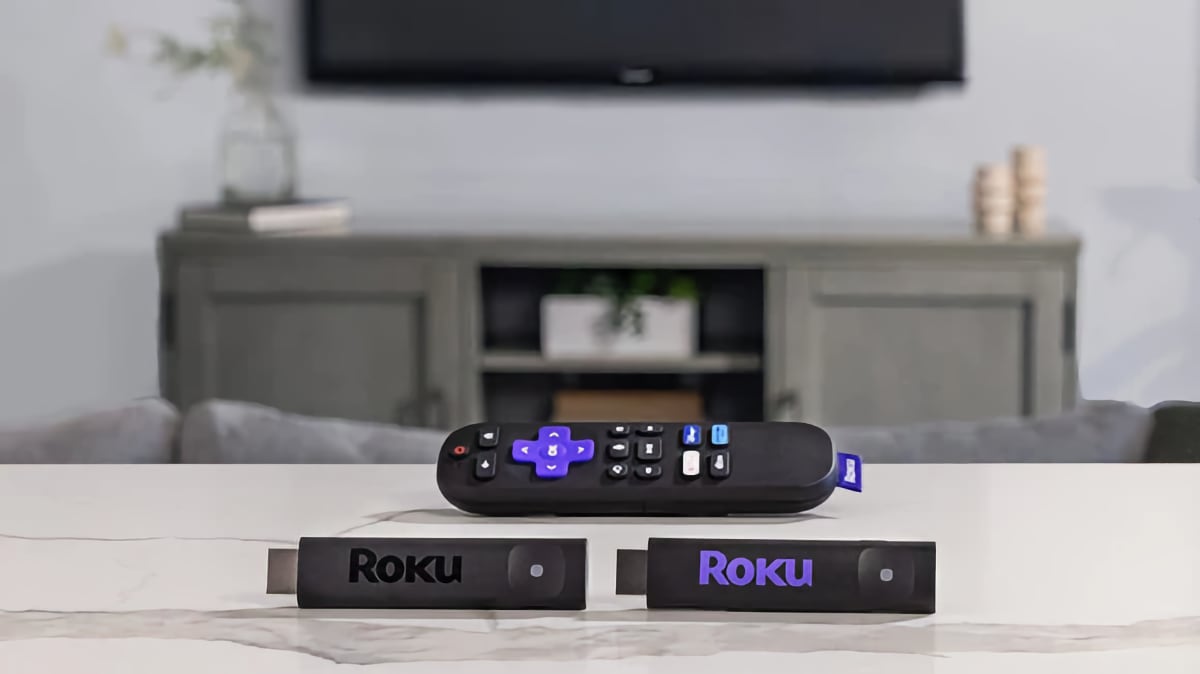OLED displays are getting brighter each year. Chinese brands OnePlus and Oppo now claim that their latest OLED smartphones reach up to 4500 nits in brightness. What is the caveat?
In recent years, Samsung Display has made significant strides in improving the brightness of OLED smartphone panels, benefiting Samsung's Galaxy smartphone lineup.
Meanwhile, Chinese brands now seem to be beating Samsung at its own game, boasting brightness levels of up to 4500 nits on smartphones such as the OnePlus 12, Oppo Find X7 Ultra, and Realme GT 5 Pro.
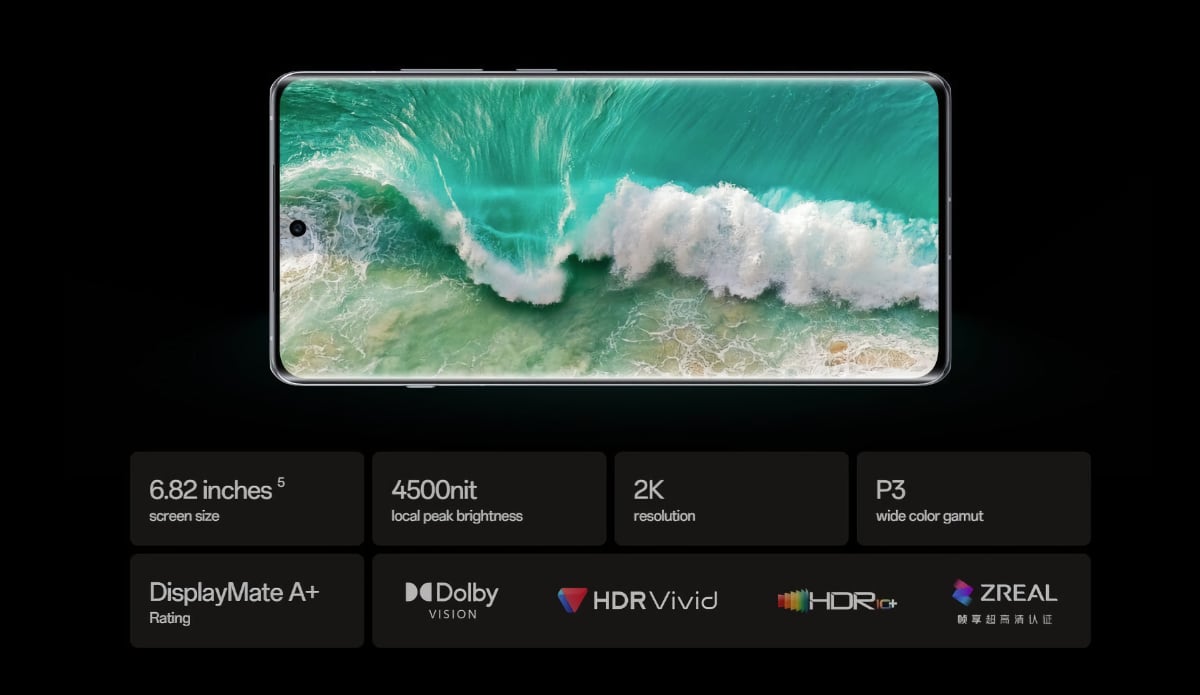
Oppo claims that its latest OLED smartphone reached 4500 nits. Photo: Oppo
However, there is a caveat. These peak brightness levels are achievable only in extremely small areas of the screen, less than 1% of the total. DisplayMate recently put these claims to the test and found that the peak brightness at the industry-standard 1% APL (1% of the screen is illuminated) is "just" 2675 nits.
Made in China
OnePlus and Oppo, previously relying on OLED panels from Samsung Display, announced a shift in October 2023 when they revealed a new collaboration with China's BOE for OLED panels.
Despite the shenanigans around how to specify peak brightness, BOE's OLED panels do appear to set a new standard for both full-screen (100% APL) and peak brightness. Full-screen brightness is crucial for optimal smartphone display usage outdoors, whereas peak brightness is relevant for HDR content.
Comparing apples to apples, here is how they stack up, summarizing measurements conducted by DisplayMate and XDA-Developers.
OLED brightness in smartphones
| Full-screen (100% APL) | Peak (1% APL) |
|---|
OnePlus 12
OLED (BOE) | 1630 nits | 2675 nits |
Samsung Galaxy S23 Ultra
OLED (Samsung Display) | 1049 nits | 1760 nits |
Apple iPhone 15 Pro 12
OLED (Samsung Display) | 1040 nits | 2270 nits |
Table: FlatpanelsHD. Sources: DisplayMate, XDA-Developers

